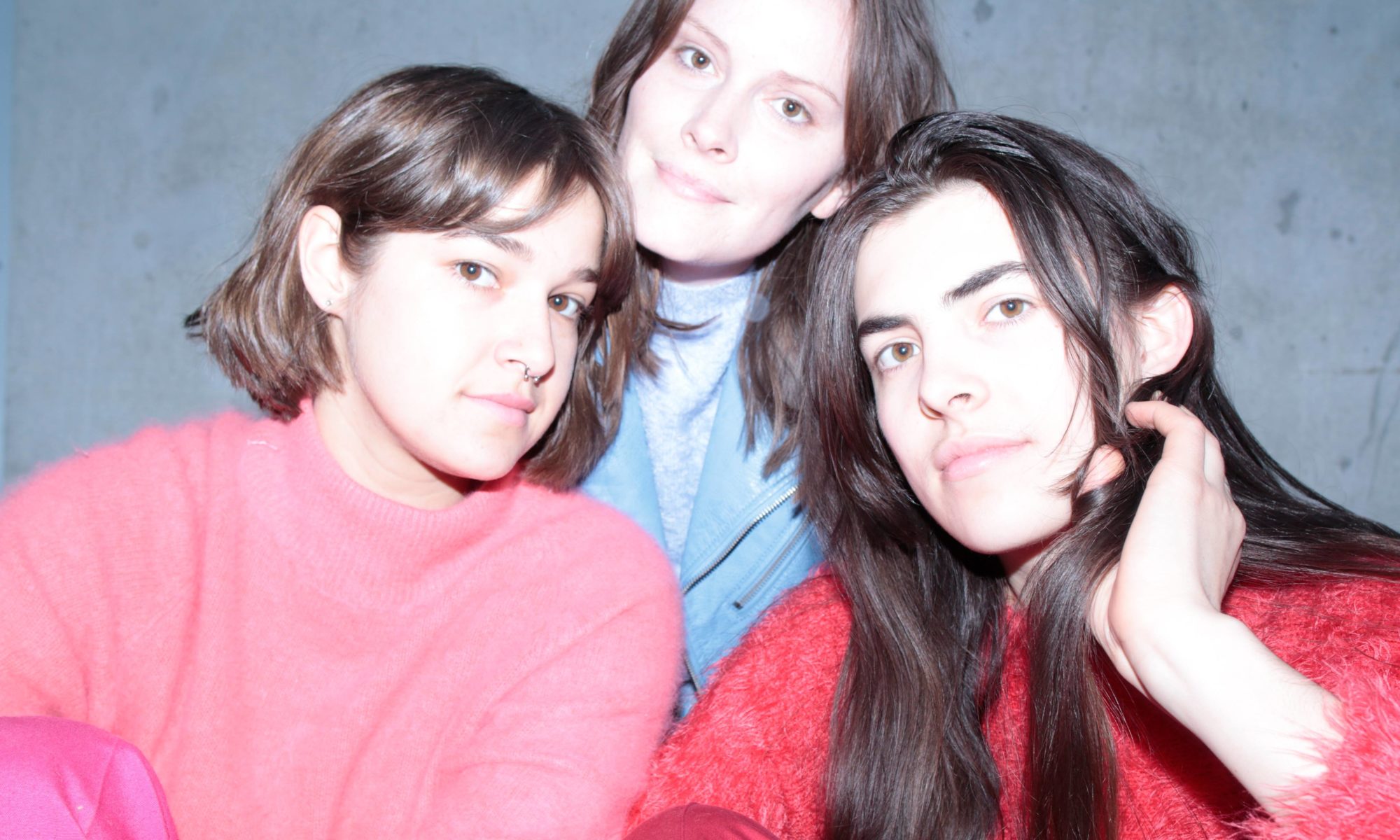
A handful of songs into M. Ward’s surprisingly electric set, indie folk singer-songwriter Matt Ward said, “We want to thank everybody for their hospitality. It’s a very beautiful part of the world that you live in. This is our first Winnipeg Folk Fest—and it’s quite the thing.” And then they quietly let the first notes of “Post-War,” the title track from his 2006 record, drop.
As humbling as that experience was, interviewing the guy earlier tonight was even more so. When I asked him about the impressive roster he’s worked with (including Conor Oberst, Jenny Lewis, Zooey Deschanel, Jim James, and more) he says that he mainly thinks about making records and making music, and tries to put distractions out of his head. When I asked him what his average day in Portland is like, he says (after taking time to marvel at a large dragonfly) that it includes spending time with friends and family, emailing, calling, playing guitar, going on walks, eating food, and… sleeping. When I asked him to define what today’s boundaries of folk music are, he says, “You know, I don’t really know what that means. I definitely don’t what indie folk means. So I think it’s better for you guys to define it, because you guys are listening to everything that’s out there, and I’m not doing that really.”
What music Ward was into, or at least what has shaped his songs, was playing Beatles songs, and then discovering their influences like the Everly Brothers, Chuck Berry (M. Ward concluded their encore tonight with “Roll Over Beethoven”), Little Richard, and the like. What really surprised me was that he cited L.A.’s SST Records as an influence. “When I was growing up, they [released] Sonic Youth and Dinosaur Jr. and the Minutemen, and so discovering them was another huge part of the equation.” His “high school band” Rodriguez were really inspired by Mike Watt, fIREHOSE, and the Minutemen. “We really tried to learn from them, and that was a great experience.”
And what about that other world’s-most-influential band—the Velvet Underground? “I love the Velvet Underground. ‘White Light/White Heat’ comes to mind as one of my favourite songs. My band and I used to cover ‘Pale Blue Eyes’ and ‘I’ll Be Your Mirror.’ The way that the records sound, you know, the way they were produced, just is engaging and very interesting. I’m a fan.”
Ward kept singing “Post-War”‘s refrain of “Some lucky night” over and over, noticeably putting a number of the kids at the festival to sleep, and then they switched into “Chinese Translation,” one of his best-known solo tunes—a bafflingly poetic and contently simple tune. So I could go into abstract detail of how Ward’s internalization of non-traditional music make him “indie”… but I’d much rather hit the hay and save myself for day three.








